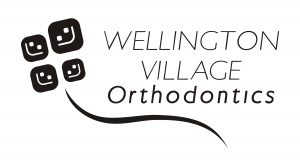Some basic elements
If you want your mouth and teeth to be healthy and your smile always glowing, it is essential to maintain good daily hygiene: brushing teeth and using dental floss. You should brush your teeth at least twice a day, morning and evening or after each meal. If you maintain good hygiene of the mouth, you will avoid the risks of oral problems such as:
- cavities,
- gingivitis,
- halitosis (bad breath),
- and so on.
We will give you some tips for you to start creating good habits:
- how to choose a toothbrush,
- how to brush your teeth,
- how to floss and why do a professional cleaning at the dentist.
This information will allow you to keep your smile bright for as long as possible.
Why have good oral hygiene?
You must maintain good oral hygiene for various reasons. A nice smile and fresh breath are always appreciated by everyone we meet.
Some people think that the best solution is to use toothpicks and fresheners for the mouth such as “TicTac”, chewing gum, mouthwash, and so on. Unfortunately, theses only mask underlying issues.
A more serious but less obvious problem related to our gums and teeth is plaque. Dental plaque is composed of microscopic food residues and bacteria. Bacteria develop with these residues and with saliva or certain foods (such as sugar). They produce acids and other chemicals that will affect your teeth and gums and perhaps lead to caries and gingivitis.
If left unchecked, the dental plaque hardens and produces tartar. It’s difficult to remove tartar by brushing your teeth It should be cleaned by a dental hygienist. Plaque and tartar can inflame the gums leading to gingivitis.
Your defense tool: the toothbrush
The toothbrush is the first tool you should use to defend yourself against these diseases and oral infection. But to be effective, it must be of good quality and used properly. If you use a toothbrush that worn down, it will not do its job. It is therefore necessary that your toothbrush meet these criteria:
- The head must be compact and rounded so that it can reach all surfaces of all teeth;
- It should have an ergonomic handle so that it fits comfortably in your hand;
- The bristles of the brush should be soft or extra flexible so as not to damage the tooth enamel and gums;
- If the tip of the toothbrush has deformed bristles or if there is a whitish deposit at the base of the bristles, you should replace the toothbrush;
Dentists recommend replacing the toothbrush every 3 months.

